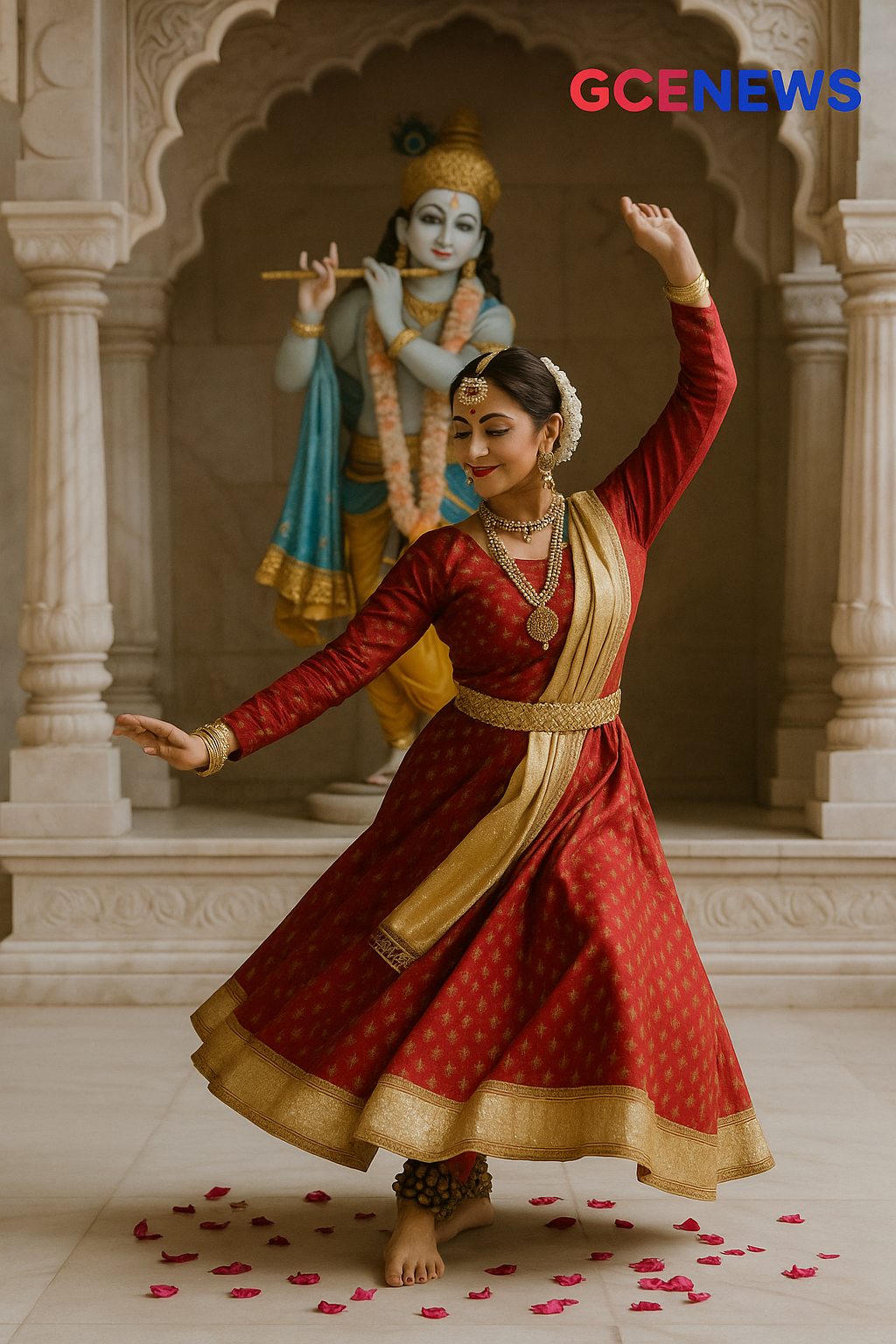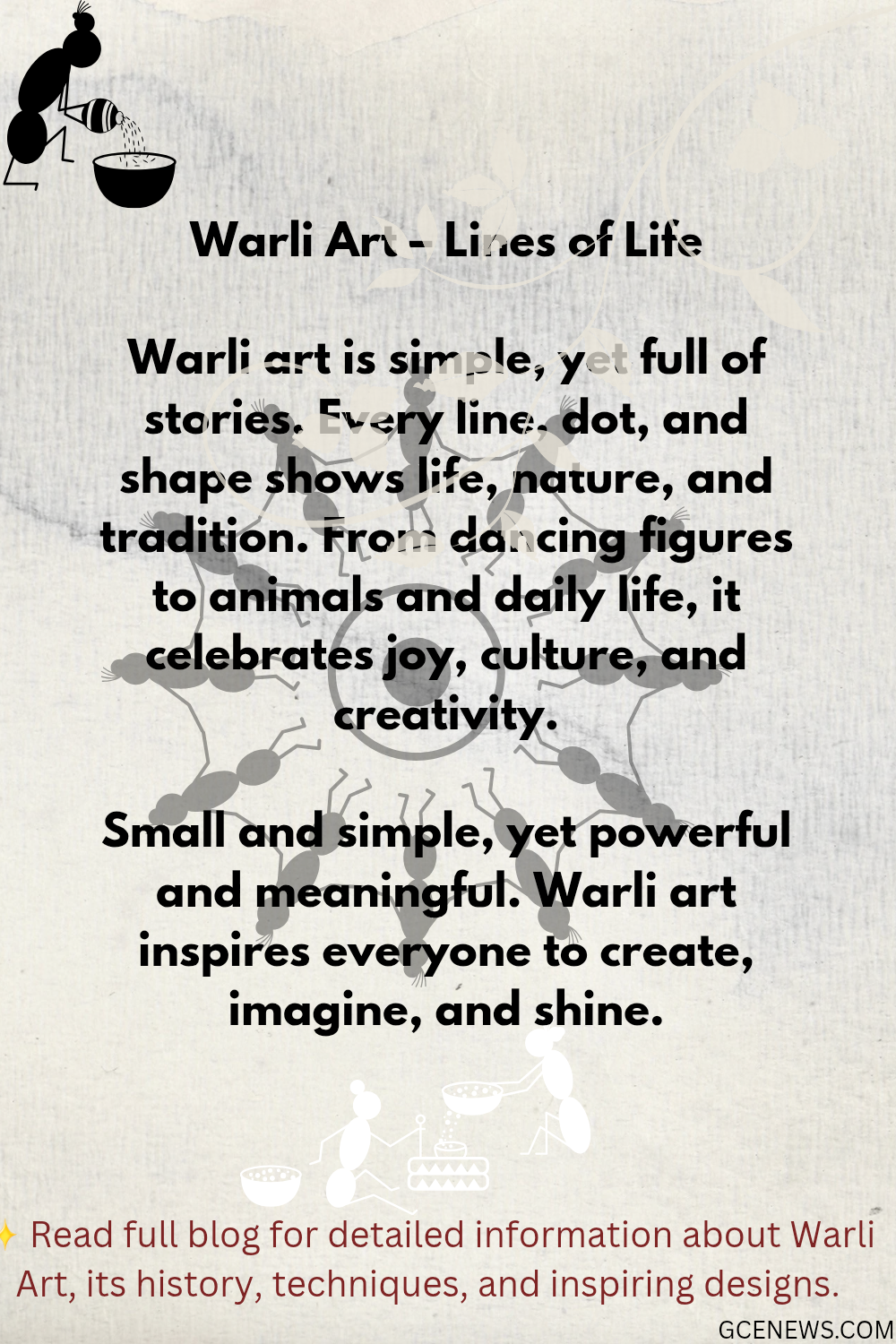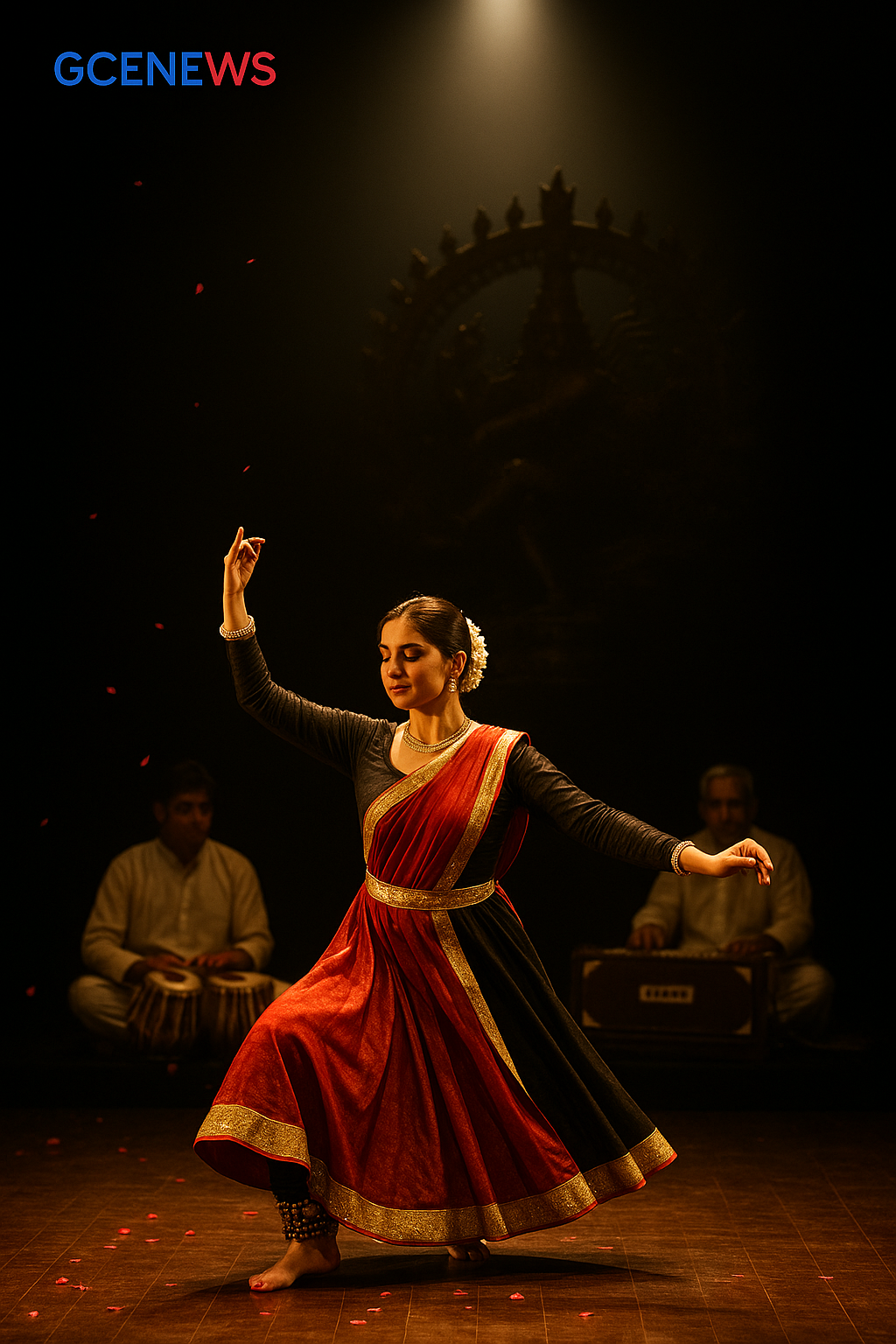Episode 10 of kathak series

Kathak Series: Episode 10
"When Dance Becomes Prayer: The Deeper Spiritual Side of Kathak"
Hey friends,
Can you believe we’ve already reached the final episode of this beautiful Kathak series? It’s been such a heartfelt journey — from learning the basics to exploring the legends. But today, we’re going into something even deeper.
We’re not talking about costumes, footwork, or instruments anymore.
Today, we’re talking about the soul of Kathak — the side of dance that feels less like performance and more like prayer.
Let’s sit back, breathe, and walk into the spiritual rhythm of Kathak.
So, What Does 'Kathak' Really Mean?
We’ve all heard that Kathak means storytelling. But originally, it wasn’t about entertainment.
In ancient times, these stories were a way to share values, life lessons, and devotion. The first Kathakars danced in temples, not on big stages. Their purpose was simple — to connect people with God through movement.
Their expressions, hand gestures, and even moments of stillness — all held deeper meanings. Nothing was random. Everything was sacred.
Kathak Started in Temples, Not Theatres
Imagine a quiet temple courtyard, oil lamps glowing, bells ringing softly…
A dancer stands in the middle, telling Krishna’s stories with graceful moves. That’s how Kathak began — not as a performance, but as a form of worship.
Ghungroos weren’t just for sound — they were an offering of rhythm.
Mudras weren’t just poses — they were sacred symbols.
Everything in early Kathak was part of a spiritual ritual.
Devotion in Every Step
Even now, many dancers begin their practice by praying — some bow to Lord Krishna or Lord Nataraja, and others simply touch the floor with respect before stepping on it.
When they perform devotional pieces — especially in bhakti ras — you can feel something shift in the air. The energy becomes peaceful, emotional, almost divine.
Many dancers even cry while performing. Not because it’s part of the act — but because they truly feel it from within.
Rhythm That Feels Like Meditation
If you’ve ever watched someone do tatkar or chakkars with perfect coordination to the tabla… you’ll notice — it doesn’t feel like regular dance.
It feels like time stands still.
For the dancer, the rhythm becomes a kind of meditation.
Their mind becomes quiet, and their heart takes the lead.
And even the audience goes still. It’s like everyone gets pulled into that same peaceful state — just through the sound of ghungroos and beats.
Meera Bai — A Story That Moves the Soul
If there’s one story that shows the spiritual side of Kathak best, it’s Meera Bai’s.
Her love and surrender to Krishna are so deep that when a dancer performs her story, you don’t just watch it — you feel it.
The pain of separation, the joy of devotion, the purity of her heart — it touches everyone, including the dancer.
It feels like Meera’s spirit is in the room.
Not Every Performance Ends with Applause
In most shows, people clap at the end. But in truly spiritual Kathak performances, something else happens.
People often go completely silent.
Some close their eyes. Some tear up. Some don’t want the moment to end.
That’s the moment you know — the dance didn’t just reach the eyes, it touched the soul.
A Personal Moment I’ll Never Forget
I once met a Kathak dancer who told me something simple, yet powerful:
“When I dance, I feel like I’m having a conversation with God.”
She wasn’t exaggerating. For her — and for many others — Kathak isn’t just a hobby or career. It’s healing. It’s strength. It’s a way to survive, to feel alive.
Many dancers say Kathak has helped them through heartbreak, loss, anxiety, and loneliness.
And if you’ve ever danced from your heart… you’ll understand exactly what they mean.
In the End, It’s More Than Just Dance
As we close this 10-episode series, here’s something I want you to carry with you:
Kathak is more than steps.
It’s more than music or expression.
It’s a prayer in motion. A connection to something greater.
So, if you ever feel lost, tired, or disconnected from life — try this:
Tie your ghungroos, close your eyes, and take that first step.
Let your heart speak. Let your body move.
Maybe, just maybe, the rhythm will bring you home.
Missed the previous episodes? Catch up here:
📌 [Episode 1: What is Kathak? A Beginner’s Guide]
📌 [Episode 2: History of Kathak]
📌 [Episode 3: The Magic of Footwork]
📌 [Episode 4: Costumes, Makeup & Stage Presence]
📌 [Episode 5: Legends of Kathak]
📌 [Episode 6: Instruments that Make Kathak Alive]
📌 [Episode 7: Kathak in Films and Modern Times]
📌 [Episode 8: Group Performances and Stage Stories]
📌 [Episode 9: Journey from Student to Performer]
Thank you for being part of this journey.
This blog series was more than words — it was a journey of the heart.
Stay tuned for something new and exciting in the next series.
Till then, let your soul keep dancing. 🎶🕊️




